

-
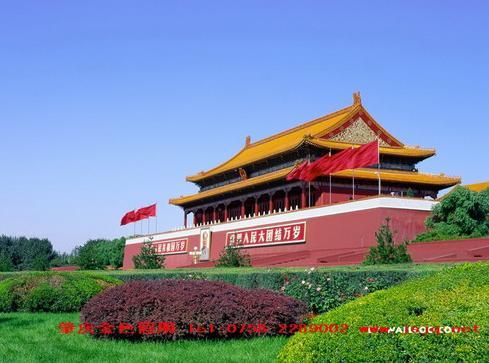
Beijing -
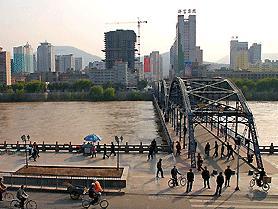
Lanzhou -
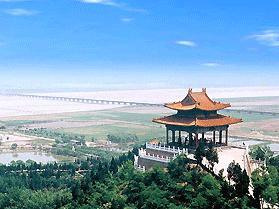
Zhenzhou -
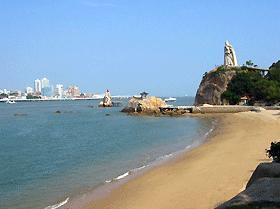
Xiamen -
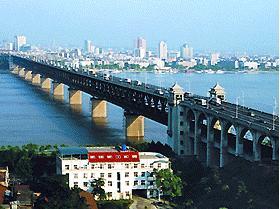
Wuhan -
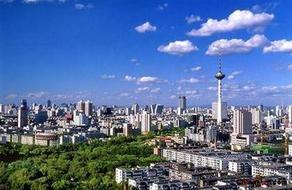
Shenyang -
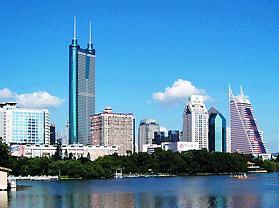
Shenzhen -
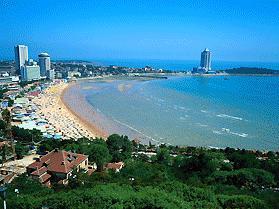
Qindao -

Macau -
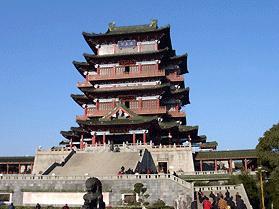
Nanchang -
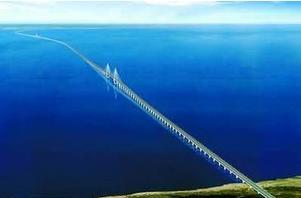
Ningbo -
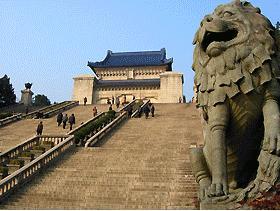
Nanjing -
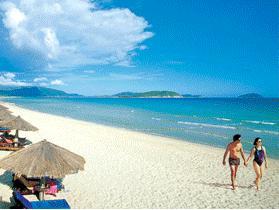
Sanya -
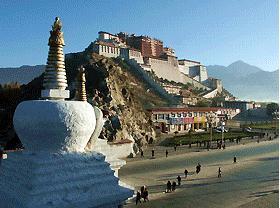
Lhasa -
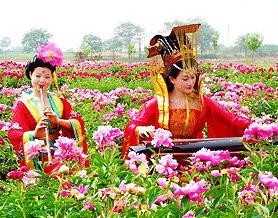
Luoyang -

Jinan -
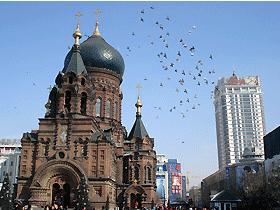
Harbin -
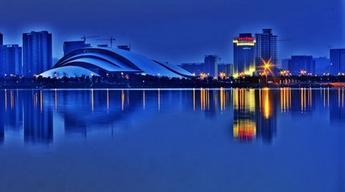
Hefei -
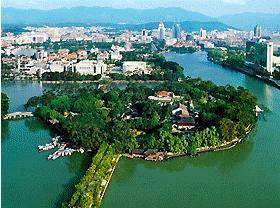
Fuzhou -
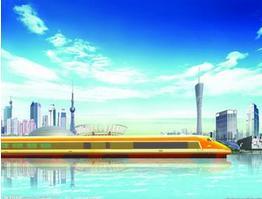
Foshan -
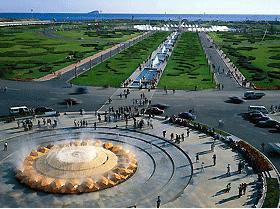
Dalian -
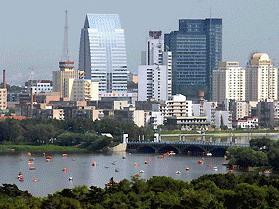
Changchun -
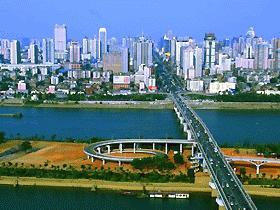
Changsha -
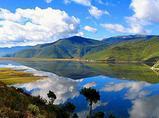
Shangrila -
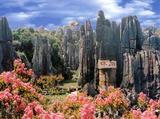
Kunming -

Lijiang -
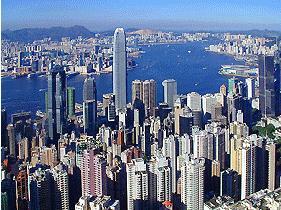
Hongkong -

Guangzhou -
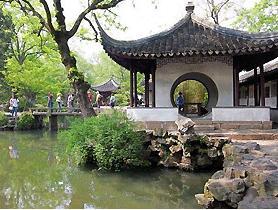
Suzhou -

Chengdu -
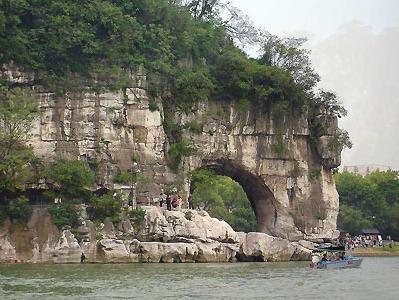
Guilin -

Xian -
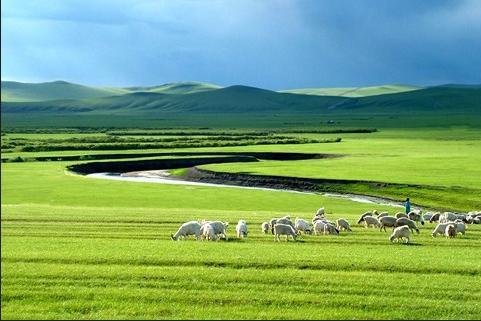
Baotou -
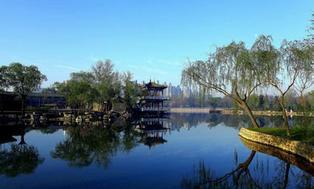
Tianjin -
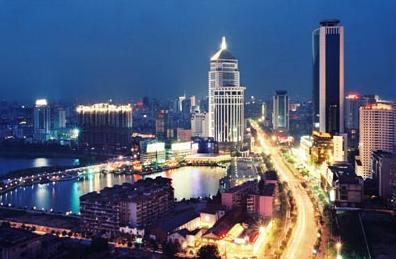
Chongqing -
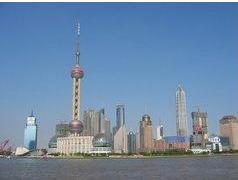
Shanghai -
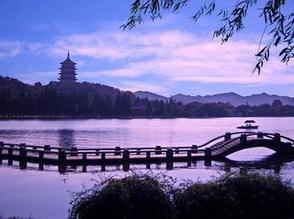
hangzhou -

Beijing -

Lanzhou -

Zhenzhou -

Xiamen -

Wuhan -

Shenyang -

Shenzhen -

Qindao -

Macau -

Nanchang -

Ningbo -

Nanjing -

Sanya -

Lhasa -

Luoyang -

Jinan -

Harbin -

Hefei -

Fuzhou -

Foshan -

Dalian -

Changchun -

Changsha -

Shangrila -

Kunming -

Lijiang -

Hongkong -

Guangzhou -

Suzhou -

Chengdu -

Guilin -

Xian -

Baotou -

Tianjin -

Chongqing -

Shanghai -

hangzhou

General Idea
Guangzhou, the capital city of Guangdong Province, is nicknamed the City of Goat. As a city of historic and cultural significance, it is the largest industrial and commercial city and the largest important and export port in South China. It enjoys a humid climate all year around, and flowers blossom in all four seasons, hence its another nickname "the City of Flowers". There are over 150 historical sites and places of interests in the city, plus various modern entertainment facilities. Here, the China Guangdong Export Commodities Fairs is held twice every year.
Three pillars industry such as automobile manufacture, petrochemical manufacture, electronics appliances manufacture, etc. realized ¥223.482 billion of industrial output value with a rise of 35.4% over the previous year. 7 products such as Liby detergent, Lonkey detergent, Doublefish table tennis goods, Wanli brand radial tyre, Hualing refrigerator, Wanbao refrigerator, Hengshan computer-controlled-tax fuel dispenser, etc. gained the title of 2004' China Top Brands, 28 products were awarded as Guangdong Province Top Brands. Till now, we have 17 China Top Brands and 102 Guangdong Province Top Brands.
Geography and Climate

Geography: Guangzhou is located in the middle south of Guangdong Province, north of the Pearl River Delta. It lies close to the South China Sea, Hong Kong, and Macau. Zhujiang (The Pearl River), the third largest river of China, runs through Guangzhou and is navigable to the South China Sea. Guangzhou spans from 112°57'E to 114°3'E and 22°26'N to 23°56'N. The city is part of the Pearl River Delta situated next to the Baiyun Mountain, which is locally referred to as ‘the lung of the city’
Population: Guangzhou city's permanent population reached 10.25 million inhabitants in 2009, accounting for 10.7 percent of the province's total population.
Administrative Division: As of April 28, 2005, the districts of Dongshan and Fangcun have been abolished and merged into Yuexiu and Liwan respectively; at the same time the district of Nansha was established out of parts of Panyu, and the district of Luogang was established out of parts of Baiyun, Tianhe, and Zengcheng, plus a part of Huangpu, making an exclave next to Huangpu.
Climate & Weather Briefing
Guangzhou weather is generally warm and humid, featuring high temperature, abundant rainfall and sufficient sunshine. Guangzhou has a long Summer with frequent thunderstorm. The Summer temperature can reach 39deg.C in July, consequently, heat exhaustion is a potential hazard for tourists. Winter in Guangzhou is short, with little frost. The lowest temperature is in January when the average temperature is 12° C. The all-year average temperature is 20 to 22deg.C, making Guangzhou an ideal destination for traveling.
The annual precipitation is 1982 millimeters.
October and November are the best months to visit Guangzhou. Alternatively, April and May are also good months.
Climate Data Table for Guangzhou
Month Item | Jan | Feb | Mar | Apr | May | Jun | Jul | Aug | Sep | Oct | Nov | Dec |
maximum | 17.62 | 18.31 | 21.4 | 25.1 | 28.6 | 31.1 | 32.3 | 32.1 | 31.2 | 28.2 | 23.6 | 20.6 |
minimum | 9.4 | 11.3 | 14.6 | 18.5 | 22.1 | 24.1 | 25.2 | 25.5 | 23.6 | 20.2 | 15.5 | 11.7 |
Rainfall (mm) | 41.6 | 70.6 | 85.6 | 201.3 | 283.2 | 275.6 | 233.8 | 227.1 | 166.6 | 87.3 | 36.2 | 32.9 |
Days of rainfall | 7.7 | 11.1 | 12.4 | 17.2 | 18.5 | 18 | 16.1 | 15.2 | 13.1 | 12.4 | 6.1 | 5.6 |
History
with a history of 2,200 years, regarded as the the earilest among the international trade port cities in the world; built as Chuting by the Chu people on the middle reaches of the Yangtse River in the 9th century B.C.; established as Nanhai Prefecture in the Qin dynasty and became Nanyue Kingdom in the Western Han dynasty; the starting point of the Silk Road on the sea which links China with the Arabian and western countries in trading; the China's only foreign trade port at sea before the Qing dynasty
- Contact Us
-
Tel:
0086-571-88165708
0086-571-88165512E-mail:
admission@cuecc.com
- About Us
- Who We Are What we do Why CUECC How to Apply
- Address
- Study in China TESOL in China
Hangzhou Jiaoyu Science and Technology Co.LTD.
Copyright 2003-2024, All rights reserved




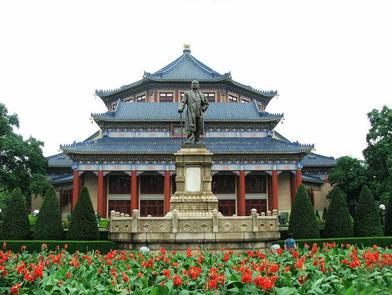
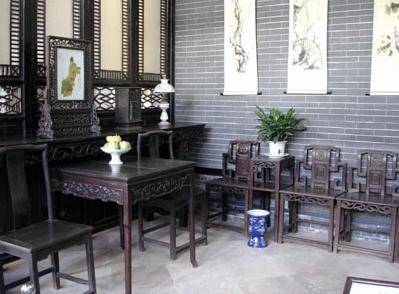
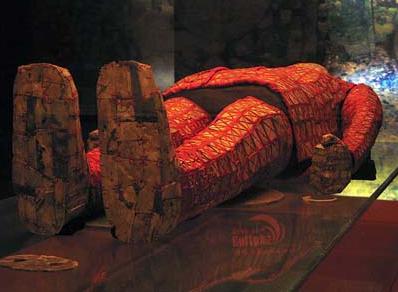
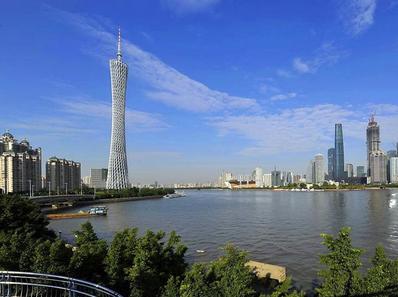
 Chinese
Chinese
 English
English
 Korean
Korean
 Japanese
Japanese
 French
French
 Russian
Russian
 Vietnamese
Vietnamese
